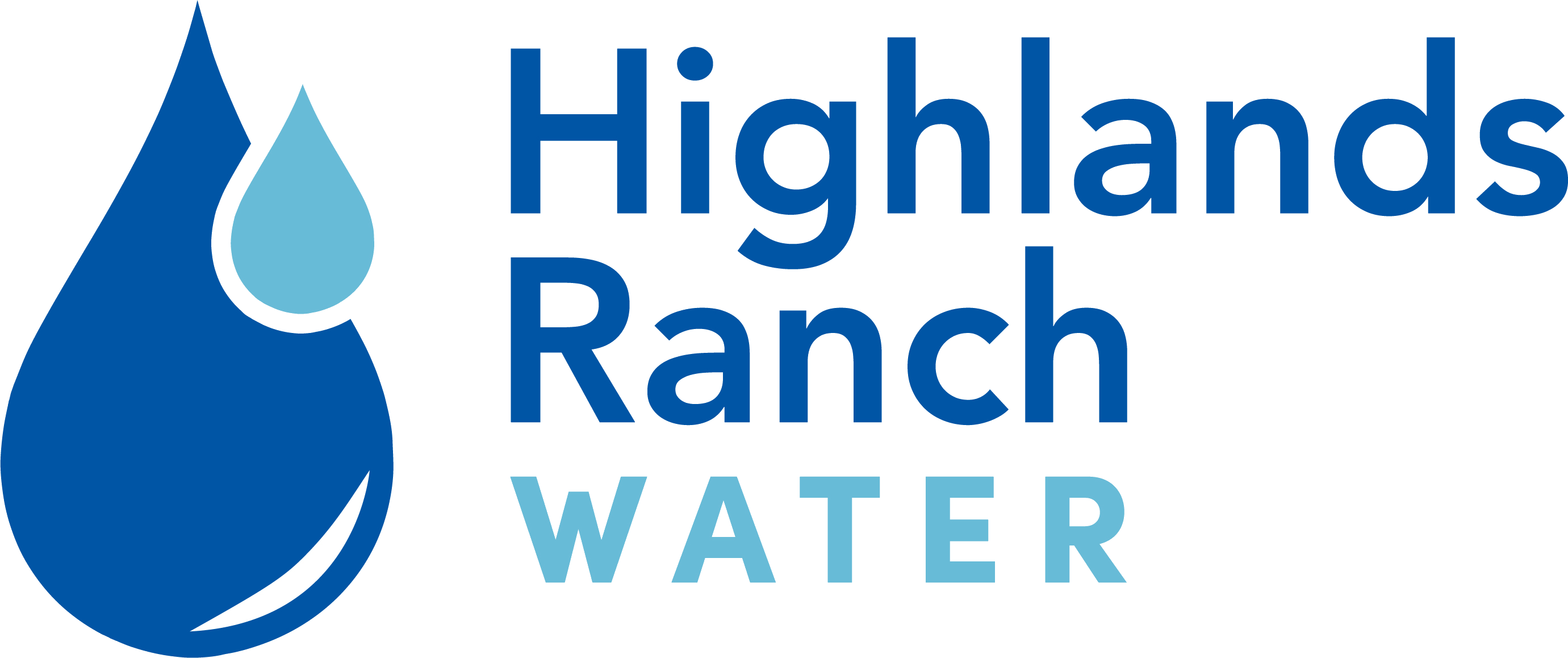PFAS
Per- and Polyfluoroalkyl Substances (PFAS)
Unregulated Contaminant Monitoring Rule and PFAS
The Safe Drinking Water Act requires that once every five years the EPA issues a list of unregulated contaminants to be monitored by public water systems. The latest results are referred to as the Unregulated Contaminant Monitoring Rule 5 (UCMR 5).
UCMR 5 requires a sample collection for 30 chemical contaminants between 2023 and 2025. The list includes tests for 29 PFAS, six of which are required as part of the National Primary Drinking Water Regulation (NPDWR). The results for the regulated PFAS do not indicate compliance or noncompliance with the EPA’s maximum contaminant levels. Public water systems are required to comply with the PFAS NPDWR MCLs starting in April 2029.
UCMR 5 Results for the Six Regulated PFAS
Results below were sampled at the Joseph B. Blake Water Treatment Plant.
| PFAS | Collection Date | Result (ug/L) |
|---|---|---|
| HFPO-DA | 4/15/2024 | <MRL |
| PFBS | 4/15/2024 | .005 |
| PFHxS | 4/15/2024 | <MRL |
| PFNA | 4/15/2024 | <MRL |
| PFOA | 4/15/2024 | <MRL |
| PFOS | 4/15/2024 | <MRL |
MRL = Minimum Reporting Level
More Information About PFAS
PFAS stands for per- and poly-fluoroalkyl substances. PFAS is a large group of human-made chemical compounds used in manufacturing due to their strong water, grease and stain-resistant capabilities, and their unique ability to resist high and low temperatures.
PFAS is a family of compounds represented by thousands of different chemicals. The EPA is focusing on four compounds that over one’s lifetime, may have health effects. They are PFOA (perfluoroctanoic acid), PFOS (perfluorooctane sulfonate), PFBS (perfluorobutanesulfonic acid) and GenX.
PFAS has been widely used since the 1940s and can be found in clothing, furniture, carpets, food packaging, cosmetics and more. PFAS are also found in firefighting foams and other industrial processes.
Most people are exposed to PFAS through the consumer products they use, however these same channels direct PFAS into the water supply. Thus, our water supply has become another source for PFAS exposure.
Many factors can influence individual impacts of PFAS including health history and lifestyle. According to the CDPHE, there is strong evidence that PFOS and PFOA increase cholesterol, impact the immune system, decrease infant birth weight and cause changes in liver function. There is moderate evidence that PFAS are associated with preeclampsia and high blood pressure during pregnancy and has effects on thyroid hormones. There is also evidence that PFOA increases the risk of kidney and testicular cancer.
Children ages 0-5 years, and people who are pregnant, planning to become pregnant, or breastfeeding are more susceptible to health impacts from these chemicals. Other vulnerable populations include people who live in highly contaminated communities and people who have occupational exposure.
Highlands Ranch Water is closely monitoring PFAS and EPA recommendations. We have been monitoring and testing for PFAS since 2019, and we have detected PFAS in our untreated water. Highlands Ranch Water’s latest test results comply with the EPA’s new standards. We have proactively been investigating ways to refine our treatment process for PFAS removal and are doing everything we can to minimize its presence using current treatment techniques.
Highlands Ranch Water continues to meet all Safe Drinking Water regulations and customers can be assured when they turn on their tap, they are receiving clean water, ready to be enjoyed.
View the latest water quality report by clicking the link on the right.
Highlands Ranch Water advocates for local, regional and national regulations that control PFAS at the source. Staff closely monitor the latest developments in PFAS regulations, including updates from the EPA and CDPHE.
Additional Resources
Frequently Asked Questions from the EPA
